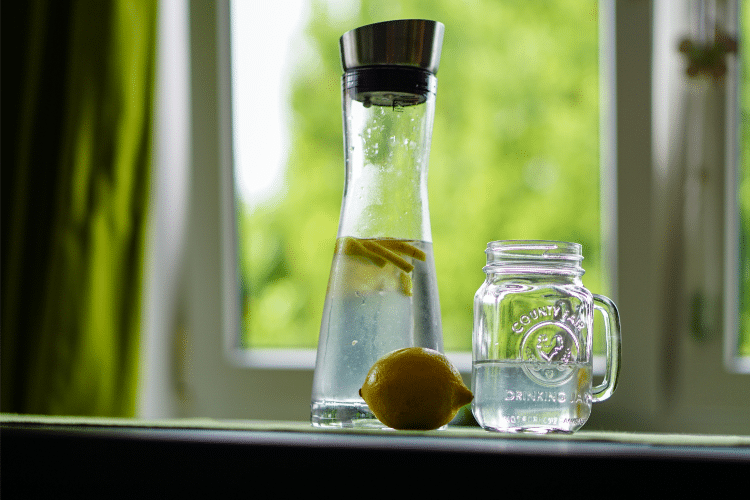
How To Grade Your Tuna So You Can Cook It Effectively
Tuna has been used for years in order to make high-quality gourmet dishes, sushi, and more interesting food combinations. Learn how to grade your tuna so that you can cook it effectively in this post.
Table of Contents
How to Determine If You Have Premium Grade Tuna
For generations, tuna was graded on a number system that was created by the Japanese Market. The system is based on color and the most popular grading system we use today. Each tuna piece is graded from the #1 (highest), #2+, #2, #3 (lowest). Usually, you’ll be able to find out the grade of the fish based on its color. Here are the most common grading options for tuna:
- Grade #1 – Completely red and is of the highest quality sashimi
- Grade #2 – There is a loss of color, strong shelf life, and has a high cooking grade. It’s often referred to as a low-quality sashimi.
- Grade #3 – Tuna of this quality have a brownish meat and is often cooked and smoked.
Remember, you’ll also want to look at different features that help make a good tuna fish. While there are some # 2-grade fish that appear to taste good on a first glance, some illegal fishing stores will attempt to fake the color or preserve the appearance.
For a 100% natural caught, natural bred, and natural cut tuna, we’ll have to go beyond the basic color values to find out what grade its in. However, color is an important feature as we usually tend to eat with our eyes. For instance, a Hawaiian Ahi has a gradient of red, making it a 2 on the grading scale. So make sure that you check your premium grade tuna before attempting to eat it.
Tail Color
Is the meat light or dark? Is it opaque or clear? Where in the grading scale of red tuna does it fall under? If it’s a darker red, Can you see “mature,” marbled, machine fat, or that some fat in their body is “young,” wispy or working to become a stay? Does the meat feel watery or oily when touched? Does the meat seem hard or dry when you press on it?
Shape
Is your fish lean and long or does it have a football shape? Does the fish have a belly? Is there’s a cavity from the skin and skeletal structure, or does the fish’s body feel connected? Find out the shape of your fish to ensure that its exterior and interior relationships are both healthy, easy to cook, and ready to eat.
Core
Also, you want to get a sample from the tuna’s core body. You need to use a thin, yet long instrument called a sashibo in order to find their grade level. Sashibos are probed into the fish’s pectoral film and their lateral line. Afterward, we have to correct the fish’s core to their tail sample. Make sure to consider their overall texture including visible fat and color.
Closing Thoughts
Basically, tuna is an interesting fish that’s been graded to determine its edibility and quality towards users. Because of this, you need to take time in deciding which tuna is your favorite. Once you find your favorite grade, there’s no stopping you from enjoying this tasty fish!
Are there any additional questions you have about premium grade tuna?
Tell us in the comments below.







